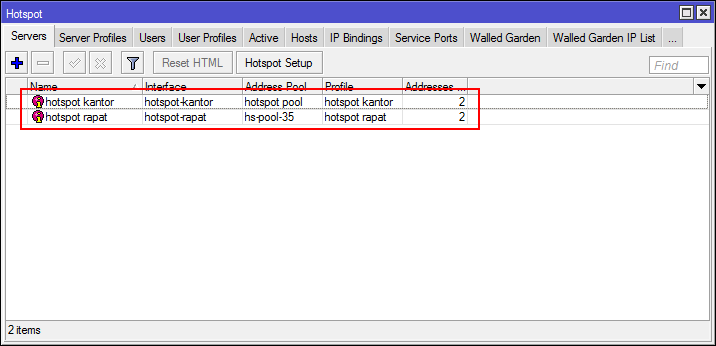Heat Flow Prediction
How should I go about estimating heat flow when the nearest well is 50 miles away? The common wisdom in basin modeling is to calibrate a heat flow from temperatures in a well, and use the same heat flow in the near by kitchen. The problem is that the kitchen usually has a different heat flow than where we drill wells. Heat flow is a function of mainly crust thickness and sedimentation rate, among a few other variables. So the correct thing to do is to estimate the crust thickness in the kitchen relative to the well location. The effect of the sedimentation rate should be taken care of using a 1D basin model, provided that the model includes the entire lithosphere. This will allow the best prediction of heat flow away from wells - even 50 miles away. Here is an example from NW Australia.
There are a couple of sources of surface heat flow data - one from surface probes, which measures heat flow in the first few meters under sea floor using a transient measurement. The technique has improved over the past few years. The other technique is using seismic bottom-simulating-reflection (BSR). These techniques may be used to provide a sense of relative regional heat flow variations, but should not be used directly in basin models to estimate temperatures at the reservoir or source depths. Aside from large uncertainties, in most offshore regions, the heat flow varies significantly with depth. The surface heat flow fluctuates over time due to short term ( 1 - 100 thousand year scale) changes in sedimentation rates.


Comments
Post a Comment
-Berkomentarlah yang baik dan rapi.
-Menggunakan link aktif akan dihapus.